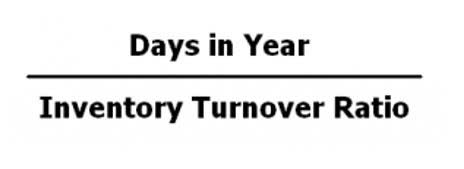
Liabilities are recorded on the balance sheet and impact assets and equity. Understanding the difference between liabilities and expenses is crucial for accurate financial reporting and effective decision-making in business. While both affect a company’s bottom line, they impact financial statements differently.
Type of account:
Think of them as the scorecard of a company’s financial responsibilities. Companies segregate their liabilities by their time horizon for when they’re due. Current liabilities are due within a year and are often Accounts Receivable Outsourcing paid using current assets. Non-current liabilities are due in more than one year and most often include debt repayments and deferred payments.
What is liability?

When you’re running a business, chances are you’ll have to deal with both. There are a few key differences between liabilities and expenses, and knowing what they are can help ensure you’re making smart business decisions—now and in the future. Liabilities are broadly categorized into noncurrent, current, and contingent liabilities on the balance sheet. Now, imagine that a business receives a $500 invoice for office supplies.
Common examples of accrued expenses
A contingent liability is an obligation that might have to be paid in the future but there are still unresolved matters that make it only a possibility, not a certainty. Lawsuits and the threat of lawsuits are the most common contingent liabilities but unused gift cards, product warranties, and recalls also fit into this category. Liabilities are a vital aspect of a company because they’re used to finance operations and pay for large expansions. They can also make transactions between businesses more efficient. A wine supplier typically doesn’t demand payment when it sells a case of wine to a restaurant and delivers the goods. It invoices the restaurant for the purchase to streamline the drop-off and make paying easier for the restaurant.
- Contingent liabilities are potential obligations that may arise depending on a future event, such as warranties or pending lawsuits.
- Let’s take a look at how to compare your assets and liabilities with this example.
- This is often used as operating capital for day-to-day operations by a company of this size rather than funding larger items which would be better suited using long-term debt.
- In order to have a better understanding of why expenses are not liabilities, let us look at their differences.
- Nothing contained herein shall give rise to, or be construed to give rise to, any obligations or liability whatsoever on the part of Capital One.
- Tracking expenses can help with budgeting and tax deductions and provide an overview of your finances.
Understanding these liabilities is crucial for grasping a company’s overall financial health. After all, they paint a picture of its current obligations and future commitments. It’s like having a crystal ball that helps us predict the company’s financial trajectory.
- Non-current liabilities, such as long-term bonds payable or notes payable, are not expected to be settled within that timeframe.
- Expenses and liabilities both represent a cash outflow that is either incurred in the current period as an expense or to be settled on a future date in the case of a liability.
- When the liability gets eventually settled, the liability account will be debited and the cash account credited from which the payment took place.
- This can provide the necessary information behind how much liquid funds they could produce in the event that those assets had to be sold.
- All the revenues and expenses for a period are tallied on this report to calculate the company’s net income or net loss.
How to classify liabilities and expenses

It might signal weak financial stability if a company has had more expenses than revenues for the last three years because it’s been losing money for expenses vs liabilities those years. Liability generally refers to the state of being responsible for something. The term can refer to any money or service owed to another party. Tax liability can refer to the property taxes that a homeowner owes to the municipal government or the income tax they owe to the federal government. A retailer has a sales tax liability on their books when they collect sales tax from a customer until they remit those funds to the county, city, or state. If you’re still manually tracking your balance sheets, it might be time to explore accounting automation software.
Discretionary costs

Despite these differences, a liability can directly lead to an expense. For example, when a business incurs salaries for its employees but has not yet paid them, an “accrued salaries payable” liability is created on the balance sheet. normal balance Simultaneously, “salaries expense” is recognized on the income statement for the work performed. When the payment is made, the cash decreases, and the accrued liability is reduced, but the expense was already recognized.
- Simultaneously, “salaries expense” is recognized on the income statement for the work performed.
- An expense can take the form of depreciation as it is charged over the useful life of a fixed asset.
- Meanwhile, expenses are generally recorded on an accrual basis in order to ensure that they match up with the revenues reported in accounting periods.
- Let’s venture into the realm of liabilities and uncover the mysteries of long-term debt and its cohorts.
- They include tangible items such as buildings, machinery, and equipment as well as intangibles such as accounts receivable, interest owed, patents, or intellectual property.
These are business liabilities that are probable, but not certain; in other words, the need to pay them is contingent on some event. These consist mainly of long-term debt maturing in more than one year. Distinguishable expenses are technically not required, but they can be.
